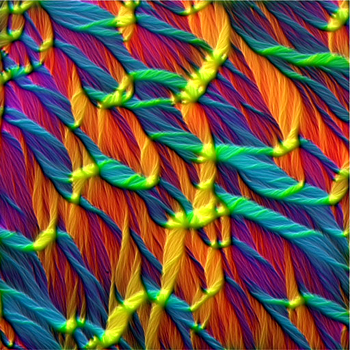Over the weekend, and in the course of doing research for a client, I happened upon YouTube’s nanotechnology video collection.
Let’s start with a summary of the best.
For a bit of history, I recommend the series titled
Nanotopia (parts 1 through 6).
Although a bit dated, there is a good nanoscale materials primer by Sandia National Lab, titled
Nanotechnology - Thinking Big in a Nano sized World.
There are also a couple futuristic presentations, such as
Nanotechnology – Age of Convergence (nanomedicine) and for the military-minded, see
Nanotechnology – Super Soldier Suit.
Included in the list is an excerpt from
“N” is for Nanotechnology. I reviewed this one in 2005 (see http://www.nanotech-now.com/N-is-for-nanotechnology-review.htm). You can order a copy of the full 30-minute video from my review page.
Nanotech Assembler and
Nanofactory Animation are low-rez versions of the nanofactory video, from an excellent production by Lizard Fire Studios in collaboration with Dr. K. Eric Drexler. I recommend visiting http://www.lizardfire.com/html_nano/themovies.html where you can choose from one of three versions.
There are several short productions that cover university work, including
Bruker AXS and SUNY CNSE Nanotechnology Customer,
Inside CNSE – GetNANO, and
Duffield Hall Nanotechnology Center Engineering Quad Cornell (a student with a camcorder).
In the “pluck your heart-strings” category, there is a PSA titled
First Lego League: Nanotechnology and HIV/ADIS. This one might also be listed under “futuristic” – the context makes it hard to determine if they are talking about near-term nanomedicine or nanorobotic enabled medicine.
I also found 2 videos promoting a product that makes claims that, in my opinion, are dubious at best. Curiously enough, YouTube has them listed in several categories, including “pyramid scheme” and “scam.” They are
The Lifewave Patch Hospital and
What is Nanotechnology? Don’t expect to learn about nanotechnology from these two.
When I had completed my research, I counted over 2 dozen videos, and over 2 dozen different and sometimes conflicting definitions of “nanotechnology.” Given this wide variation in definitions, it should come as no surprise that governments and regulatory bodies around the world are having a hard time figuring out how and when to apply regulations to products that incorporate nanoscale materials.
…and there are a bunch of clips from movies, adverts, high school productions, etcetera, most of which can only be classified as having a very loose relationship to nanotechnology. The point being that whereas 5 years ago there were less than a handful of videos available over the internet, today there are dozens.
See them all, here http://youtube.com/results?search_query=nanotechnology










